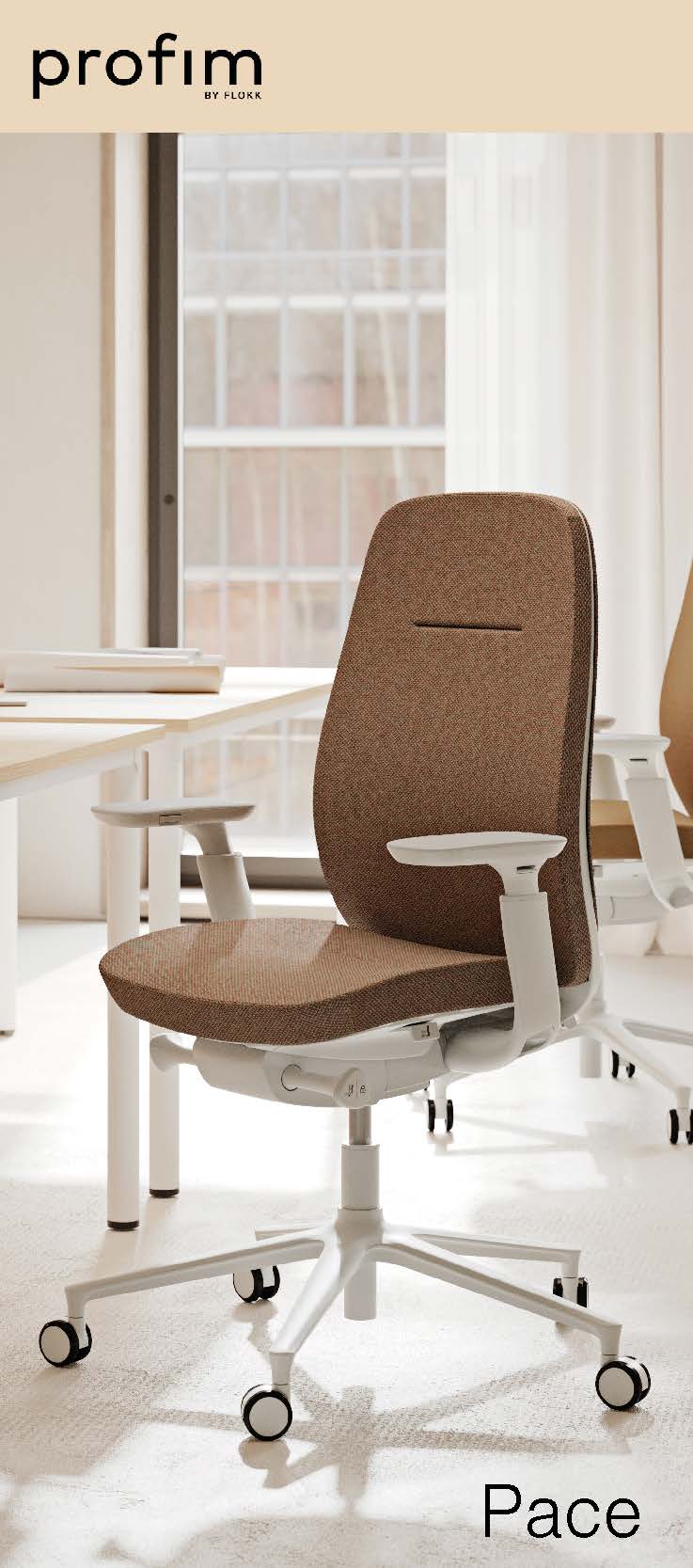June 16, 2017
RICS and banking sector sign commercial property valuation agreement 0
 The Royal Institution for Charted Surveyors (RICS) and the British Banking Association (BBA) have signed a memorandum of understanding outlining their commitment to maintaining high standards in commercial property valuation. The trade bodies intend to future proof the profession by working on maximising consistency in standards of practice, supporting risk-based regulation and tools for managing risk and liability in valuation. Three key areas to be addressed have been highlighted in the agreement: the balance of risk and reward in valuation services, education on liability and risk for lenders and valuers, and clarification of the standards expected in the sector. RICS is set to publish revised guidance on risk, liability and insurance in valuation to help the market to address the challenges that surfaced following the global financial crisis in 2008 and 2009. As a result of the report Balancing Risk and Reward: Recommendations for a Sustainable Valuation Profession in the UK Dr Oonagh McDonald CBE, RICS has been working with the BBA and the wider industry to deliver improvements to the commercial secured lending sector.
The Royal Institution for Charted Surveyors (RICS) and the British Banking Association (BBA) have signed a memorandum of understanding outlining their commitment to maintaining high standards in commercial property valuation. The trade bodies intend to future proof the profession by working on maximising consistency in standards of practice, supporting risk-based regulation and tools for managing risk and liability in valuation. Three key areas to be addressed have been highlighted in the agreement: the balance of risk and reward in valuation services, education on liability and risk for lenders and valuers, and clarification of the standards expected in the sector. RICS is set to publish revised guidance on risk, liability and insurance in valuation to help the market to address the challenges that surfaced following the global financial crisis in 2008 and 2009. As a result of the report Balancing Risk and Reward: Recommendations for a Sustainable Valuation Profession in the UK Dr Oonagh McDonald CBE, RICS has been working with the BBA and the wider industry to deliver improvements to the commercial secured lending sector.








 An exodus of staff is expected at the end of June, claims a new study which predicts that 36 percent of employees will have left their jobs by the end of this month. Research from Robert Half UK entitled: ‘It’s time we all work happy: The secrets of the happiest companies and employees’ finds employees in London and the East of England are most likely to have left their roles by the end of June with nearly half of Londoners (49 percent) and 42 percent of those in cities like Cambridge, Norwich and Peterborough admitting they anticipate quitting their jobs in the first six months of the year. This trend is being driven by the millennial generation (aged 18–34), who despite experiencing above average levels of happiness (71.7) and interest (71.3) in their roles, are more likely to have left their jobs (49 percent) compared to a third of 35–54 year old’s and a fifth (21 percent) of those aged over 55.
An exodus of staff is expected at the end of June, claims a new study which predicts that 36 percent of employees will have left their jobs by the end of this month. Research from Robert Half UK entitled: ‘It’s time we all work happy: The secrets of the happiest companies and employees’ finds employees in London and the East of England are most likely to have left their roles by the end of June with nearly half of Londoners (49 percent) and 42 percent of those in cities like Cambridge, Norwich and Peterborough admitting they anticipate quitting their jobs in the first six months of the year. This trend is being driven by the millennial generation (aged 18–34), who despite experiencing above average levels of happiness (71.7) and interest (71.3) in their roles, are more likely to have left their jobs (49 percent) compared to a third of 35–54 year old’s and a fifth (21 percent) of those aged over 55. 


 An increasing number of workers are taking on caring responsibilities, be this for children, elderly relatives or other dependents, and it’s becoming a major cause of workforce absence, claims new research. According to data released by group risk industry body GRiD, for 61 percent of employers these issues are a main cause of short-term absence (less than 4 weeks); for 49 percent of employers these issues are a main cause of mid-term absence (4 weeks to 6 months) and for 43 percent of employers these issues are a main cause of long-term absence (in excess of 6 months). They can also be a contributory factor in the development of mental illness or the deterioration of mental health. Indeed, mental ill-health is another major cause of absence, due to the knock-on effects of stress and deteriorating mental health that results in more absence. In terms of what employers are doing to reduce absence and improve attendance, flexible working comes out as the top-rated solution, with 36 percent of employers citing this as one of the measures they have put in place to minimise absence.
An increasing number of workers are taking on caring responsibilities, be this for children, elderly relatives or other dependents, and it’s becoming a major cause of workforce absence, claims new research. According to data released by group risk industry body GRiD, for 61 percent of employers these issues are a main cause of short-term absence (less than 4 weeks); for 49 percent of employers these issues are a main cause of mid-term absence (4 weeks to 6 months) and for 43 percent of employers these issues are a main cause of long-term absence (in excess of 6 months). They can also be a contributory factor in the development of mental illness or the deterioration of mental health. Indeed, mental ill-health is another major cause of absence, due to the knock-on effects of stress and deteriorating mental health that results in more absence. In terms of what employers are doing to reduce absence and improve attendance, flexible working comes out as the top-rated solution, with 36 percent of employers citing this as one of the measures they have put in place to minimise absence.






 A majority of employees (62 percent) believe their company culture is one of the biggest hurdles in the journey to becoming a digital organisation, and this is putting companies at risk in falling behind competition in today’s digital environment claims a new report.
A majority of employees (62 percent) believe their company culture is one of the biggest hurdles in the journey to becoming a digital organisation, and this is putting companies at risk in falling behind competition in today’s digital environment claims a new report. 












